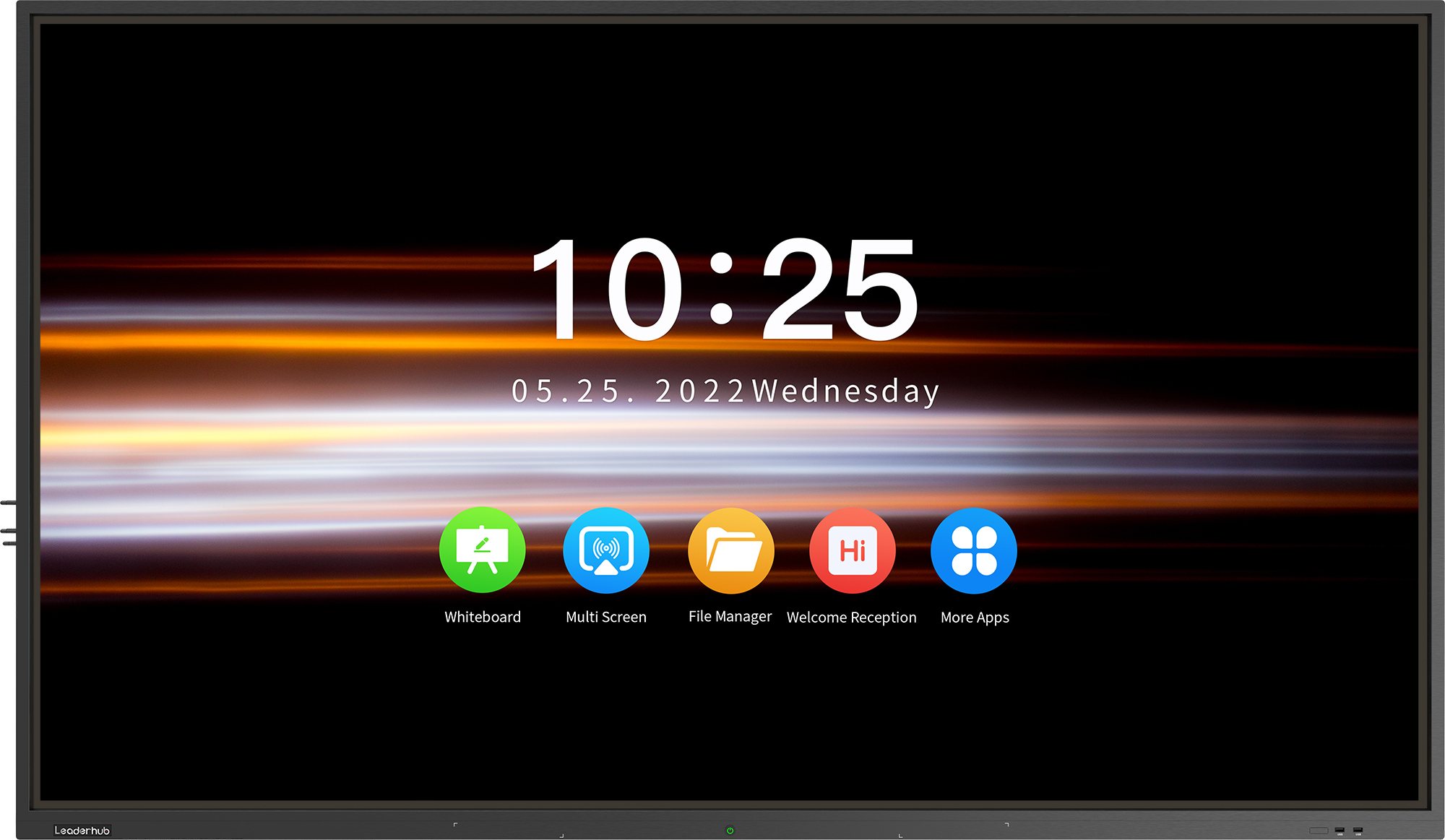The Emergence of Interactive Whiteboard Technology

Interactive whiteboard technology has revolutionized classroom learning by providing a dynamic and engaging platform for teachers and students. The development of this technology has significantly enhanced the traditional teaching methods and brought remarkable changes to educational settings. Through interactive whiteboards, teachers can display various educational materials, such as videos, images, and presentations, and interact with the content using digital tools. This article will explore the development trend of classroom interactive whiteboard technology and its potential impact on education.
Enhanced Multimedia Capabilities
One of the key trends in classroom interactive whiteboard technology is the continuous improvement in multimedia capabilities. Modern interactive whiteboards incorporate high-definition displays, enabling teachers to present highly detailed visual content to students. Additionally, audio capabilities enhance the learning experience by incorporating sound into lessons, such as language pronunciation or background music to create an immersive environment. These multimedia features are crucial in accommodating diverse learning styles, allowing students to engage with the content in a more interactive and personalized manner.
Integration of Interactive Software
The integration of interactive software is another important trend in classroom interactive whiteboard technology. With the availability of various educational software applications, teachers can now customize their lessons to suit the specific needs of their students. These software applications offer interactive and multimedia-rich content, such as quizzes, games, and simulations, which enhance student engagement and foster active learning. Moreover, the integration of interactive software enables teachers to track student progress and provide personalized feedback, facilitating individualized instruction and improving overall learning outcomes.
Collaborative Learning and Remote Connectivity
Another significant development in classroom interactive whiteboard technology is the facilitation of collaborative learning and remote connectivity. Modern interactive whiteboards allow multiple students to interact simultaneously, encouraging group activities and fostering teamwork skills. Furthermore, these whiteboards enable remote connectivity, allowing students and teachers to participate in real-time virtual classrooms. This feature has become crucial in recent times, where distance learning has gained prominence due to unforeseen circumstances like the COVID-19 pandemic. The ability to connect and collaborate remotely enhances accessibility to education and ensures continuous learning opportunities for students irrespective of their location.
Conclusion
In conclusion, the development trend of classroom interactive whiteboard technology has significantly transformed the traditional educational landscape. Enhanced multimedia capabilities, integration of interactive software, and facilitation of collaborative learning and remote connectivity have revolutionized the teaching and learning process. These advancements have not only made education more engaging and interactive but have also opened new avenues for personalized instruction and distance learning. As technology continues to evolve, the future holds immense potential for further advancements in classroom interactive whiteboard technology, promising an even more immersive and effective learning experience for students.

